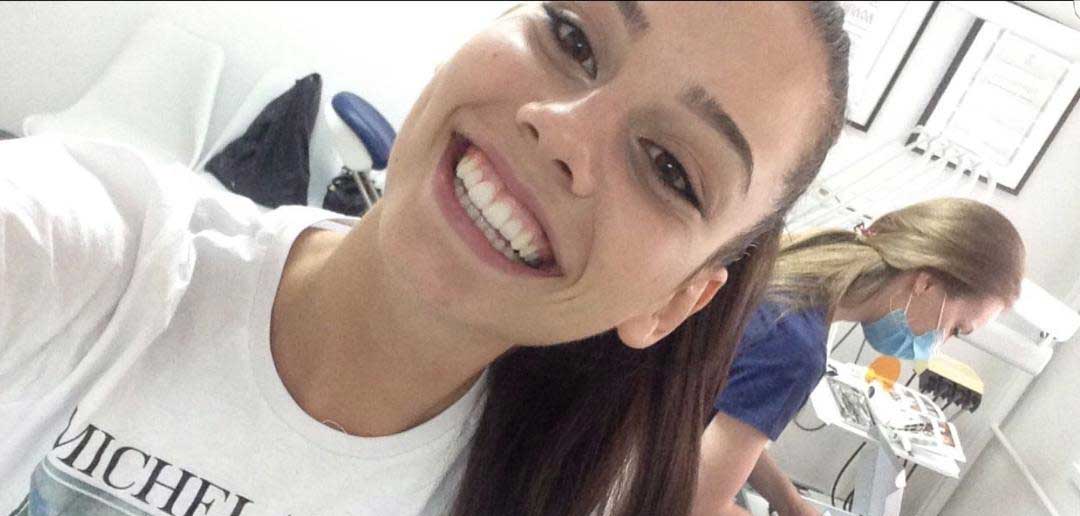Veneers are the latest inovation in aesthetic dentistry and completely painless procedure of beautifying and improving your smile. Considering the positive psychological effect on the environment and the contribution to personal satisfaction, they are also one of the best investments in the quality of life available to you.
Veneers can be made of composite or ceramic material, with previous grinding of teeth or without it – no prep (without previous tooth preparation). They are placed only on the front side of the tooth, and fixed with an adhesive technique – using special glue for composite materials.
In the conditions of good and controlled oral hygiene, warranty of veneers is unlimited. Besides exceptional physical and superior aesthetic results, characteristic of veneers is their biocompatibility – gingiva, tooth enamel, dentin or tooth pulp, do not suffer any change.
Modern dentistry promotes the preservation of solid dental tissues during all therapeutic procedures and minimally invasive procedures as a golden standard nowadays.
Non-prep veneers (access without even the slightest grinding of teeth) preserve tooth enamel as its most valuable part. Once grinded enamel is impossible to be restored, and in doing so, the biological processes otherwise important for the overall tooth and jaws health are compromised.
Indications for Non-Prep Guinness:
- Change in color, shape or size of teeth
- Tetracycline discolored teeth
- Diastems (spacing) between the teeth
- Worn out and thin teeth
- Imperfections visualised as a lack of space in jaws
- Rejuvenation of elderly, pronounced and painted teeth without shine effect
Do not underestimate the power of your smile. It can literally change your life.



